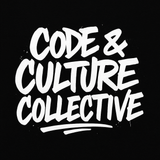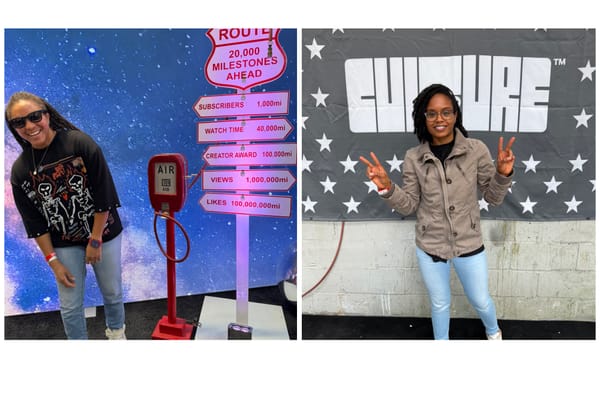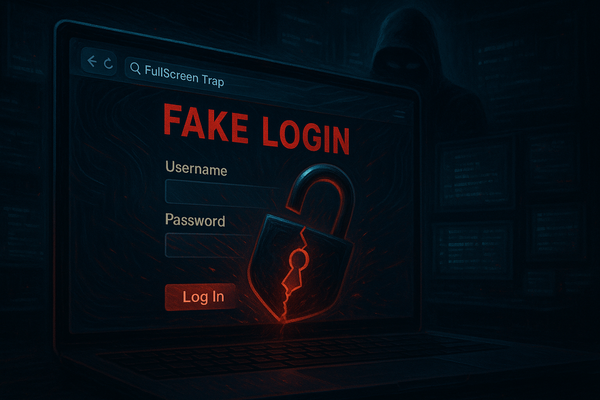How UX (User Experience) Research Helped Me Build BloomLink (And How You Can Use It Too)
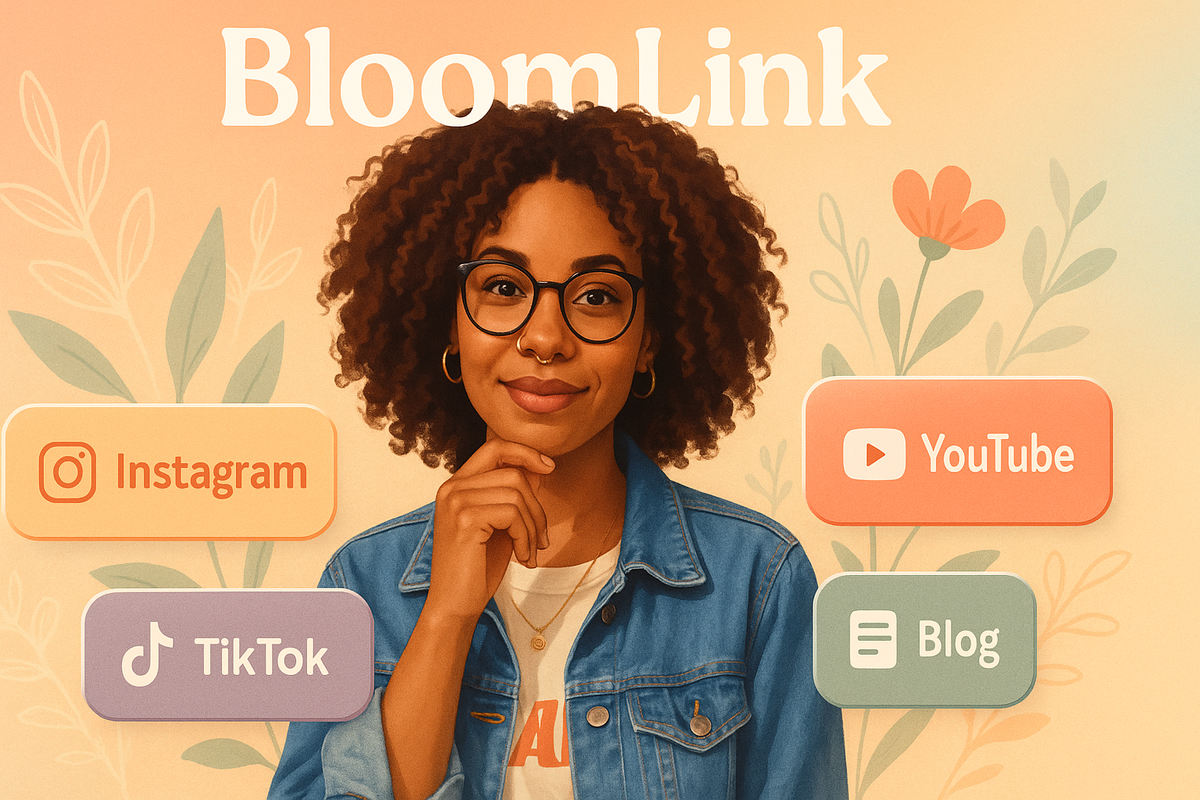
Author: Sammi

Like many other aspiring user experience (UX) designers, I enrolled in the Google UX Design Course to understand the UX process better. With an agile background, I had a general idea of how things worked and even applied a considerable amount of what I already knew to my freelance developer business. But my skills were mostly limited to wireframing, layout structure, and visual hierarchy—essentially, crafting intuitive and aesthetically appealing interfaces. This course, however, broke things down in a way that opened my eyes to a whole new way of thinking. I’ve only made it through the first two modules so far, but I’ve discovered UX research? That’s my jam.
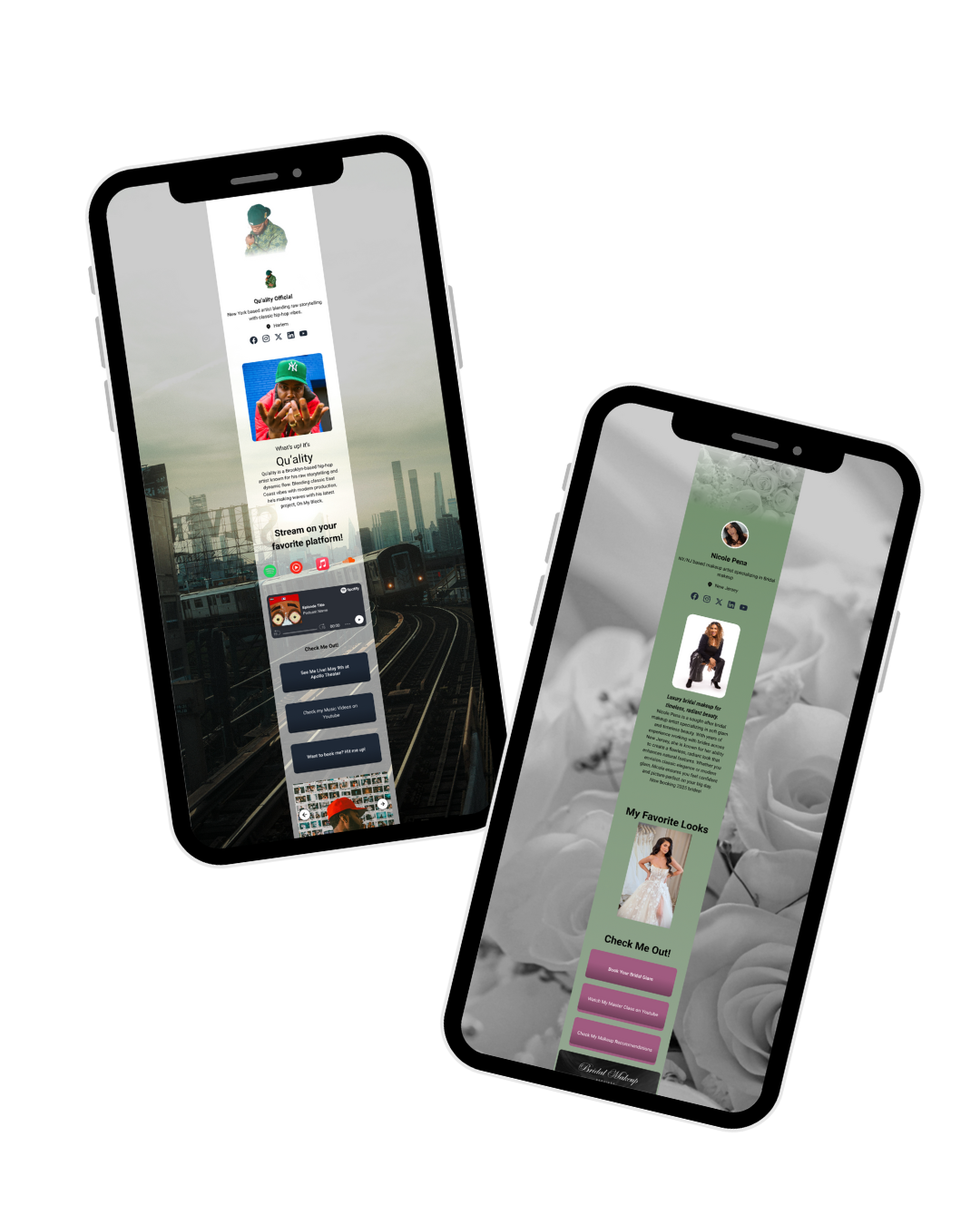
And because I can’t just learn something without immediately putting it into practice it, I used what I learned to build and launch BloomLink—a customizable link hub designed specifically for creators, entrepreneurs, and small businesses.
Step One: User and Market Research (The What and The Who)
Have you ever checked hairstylist, DJ, landscaper, or baker on Instagram only to find “DM to book” in their bio?
Now, as a potential customer, that feels like too much pressure. And from a service provider, answering constant DMs about pricing, availability, and FAQs is exhausting. Wouldn’t it be easier to have a centralized hub where clients can book services, view your work, and get all the necessary info —without all the back-and-forth?
But then I paused and asked myself: If this is such a common problem, why aren’t more people just using Linktree?
That led me to my who—artists, entrepreneurs, and service providers, specifically those in my own social circle. And it led me to my what—a solution that is simple, sleek, and affordable, built specifically for them.
Step Two: Competitive Analysis (The Why)
Sure, Linktree and BioSite exist—why not just use them?
After a deep dive into the market, I uncovered some key limitations:
- Linktree’s free version is too basic. It only allows links. Want booking forms or visual customization? You’ll need a paid plan, and still you’re setting things up yourself.
- BioSite is tied to Squarespace, which is overwhelming for someone who isn’t tech-savvy or simply doesn’t have the time.
- Service providers are busy. They don’t want to spend hours learning how to set up a site —they want something done for them that works.
That’s when I saw the real gap: There wasn’t a done-for-you link hub that functioned as a digital business card, with booking, intake forms, and a proof-of-work section all in one place. But before jumping into solutions, I had to confirm if my assumptions were correct.
Step Three: Gathering User Insights (The How)
This was my favorite part of the course—because I love understanding how people think and challenging my own assumptions. The course walked through different ways to conduct research, like surveys, interviews, focus groups, and usability testing.
The Survey: Why Aren’t People Using Websites?
Instead of just sending out a boring survey, I created a fun, engaging quiz: "What Type of Website Do You Need?" equipped with gifs and meaningful insights, the quiz encouraged honest answers and helped me collect emails for follow-up.
Some of the key questions I asked were:
- If you had to make a website today, what would it be for?
- What’s holding you back from getting a website?
- What’s most important to you in a website?
My survey findings included:
- Most people wanted a website to make more money, not just to have one.
- The biggest roadblocks were time and not knowing where to start.
- No one cared about updating the site themselves—they just wanted it to work.
The Interviews: What Do People Actually Need?
I reached out to three people from different industries—a musical artist, a bridal makeup artist, and a contractor—to get a range of perspectives. I asked things like:
- Would you rather have a single-page site or multiple pages?
- How important is it to have a place to showcase your work?
- Do you need an email sign-up list?
- How do you currently manage bookings?
- If given the option, would you choose a simple, one-page site for a lower price or a full website for a higher price?
What I Learned:
Service providers didn’t care about having an elaborate website—they just wanted something functional, easy to navigate, and built for them. No extra fluff. Just something that did the job.
That led me to my problem statement:
Step Four: Ideation & Prototyping (The Solution)
Now that I had my data, it was time to build. How could I create a reusable, customizable product that could work across multiple industries?
I needed something:
- Easy to use and lightweight.
- Pre-loaded with essential features (booking, intake forms, videos, images, contact info).
- Optimized for mobile (since that’s where most traffic comes from).
I chose Framer—it’s modern interface, affordability, and ease of use. I wireframed concepts in Figma, testing different layout options. Then, I built two prototype sites for my friends—a musical artist and a bridal makeup artist.
A key feature? QR code & NFC compatibility, so it functions as a digital business card.
Step Five: Usability Testing (Does This Work?)
My friends started using their prototype versions of BloomLink, providing feedback on what worked and what needed adjustments. So far, so good. At the same time, I’ve been actively promoting BloomLink across my social media channels to gauge interest and see how people react to the concept. This allows me to refine the messaging, test the demand, and adjust the layout based on real-time feedback.
And then came my first paying client.
A private chef reached out and said, "I need this NOW." Who am I to argue?
Final Thoughts: UX is Everywhere
This experience showed me that UX research isn’t just for apps—it can be applied to real-world business solutions.
BloomLink was built on UX principles, proving that listening to users and understanding their pain points leads to better products.
If this article has piqued your interest and you want your own BloomLink, check out sammiwebdev.com to get started.
This conversation has been lightly edited for flow and readability.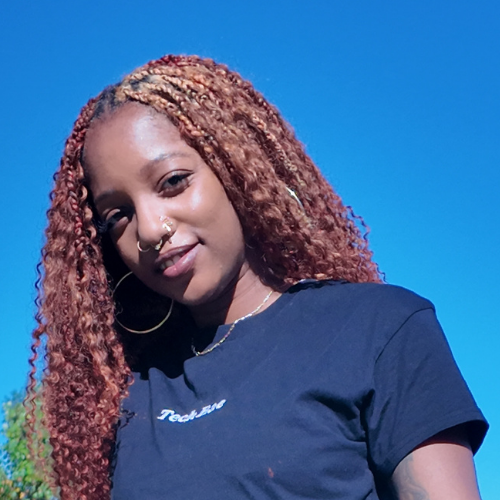
Sammi O. is a UX designer, front-end developer, and founder of Floyer Studios. She’s currently diving deep into UX through a specialized course while building Dev Diaries, a blog documenting her journey in tech. Alongside freelancing, she creates content on social media, sharing coding projects, tech insights, and behind-the-scenes looks at her creative process. Through her work, Sammi aims to make tech more accessible and inspire others to carve their own path in the industry.
